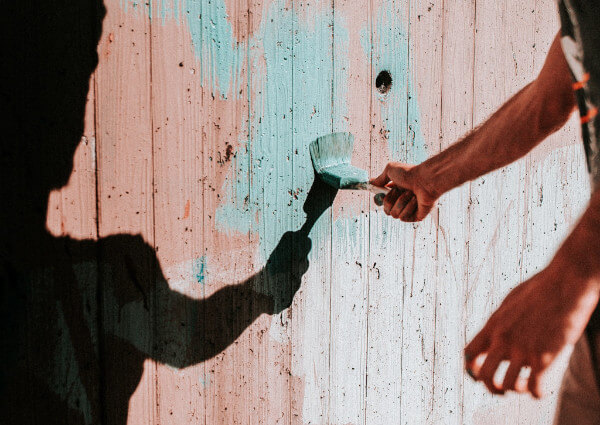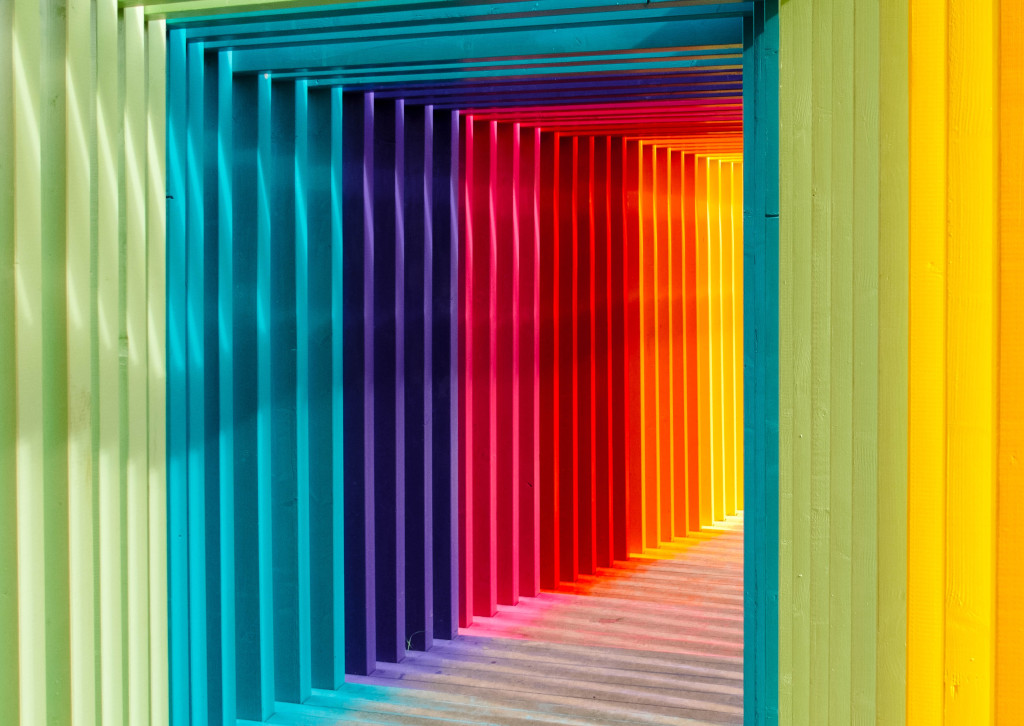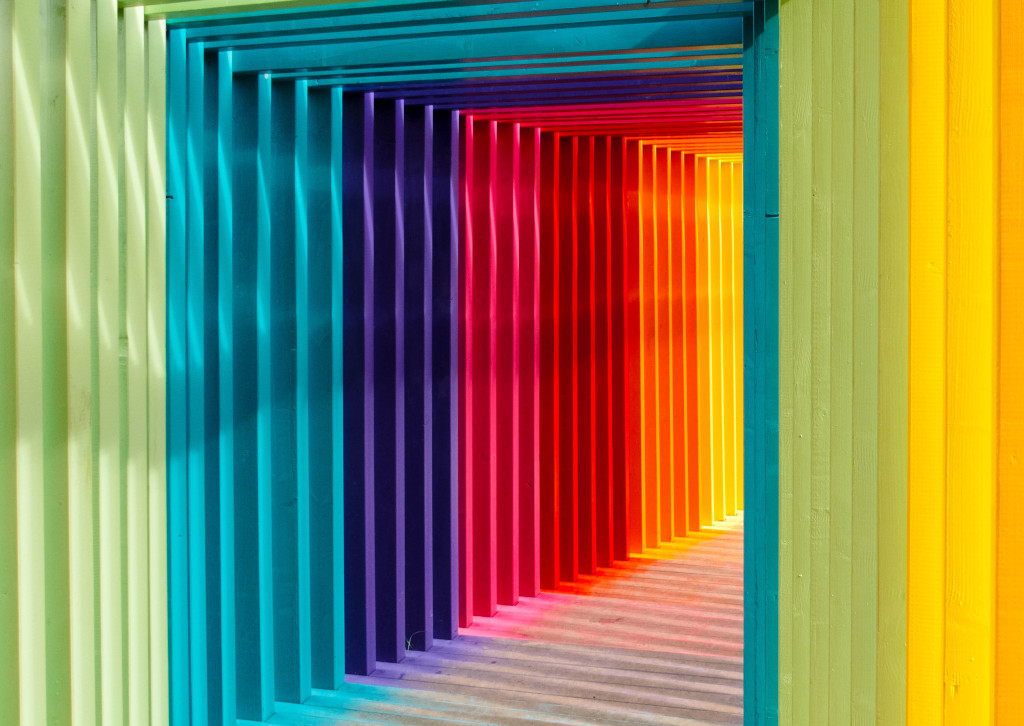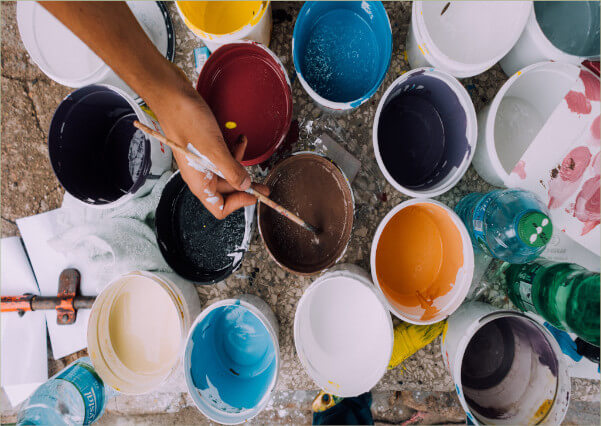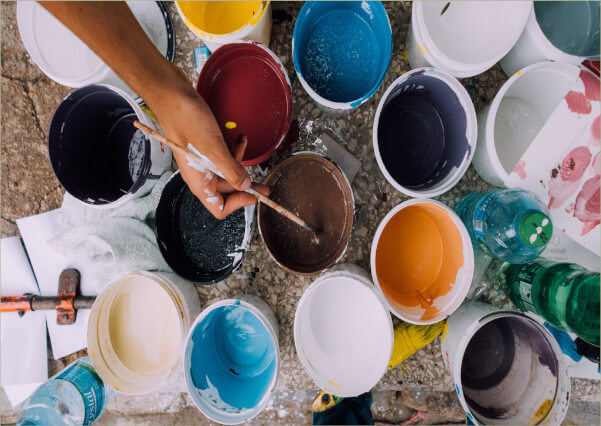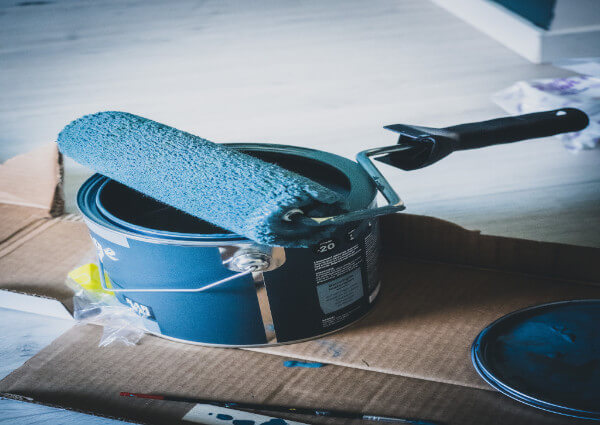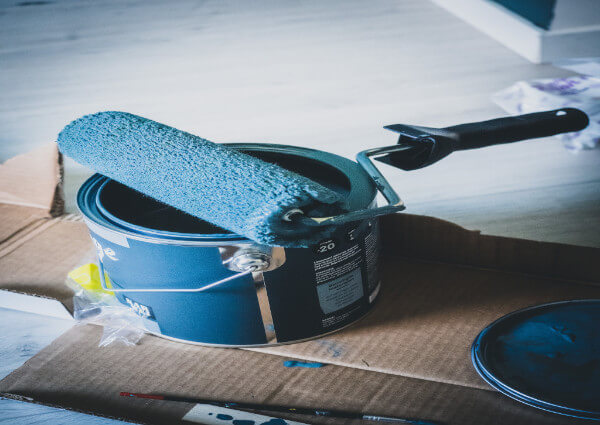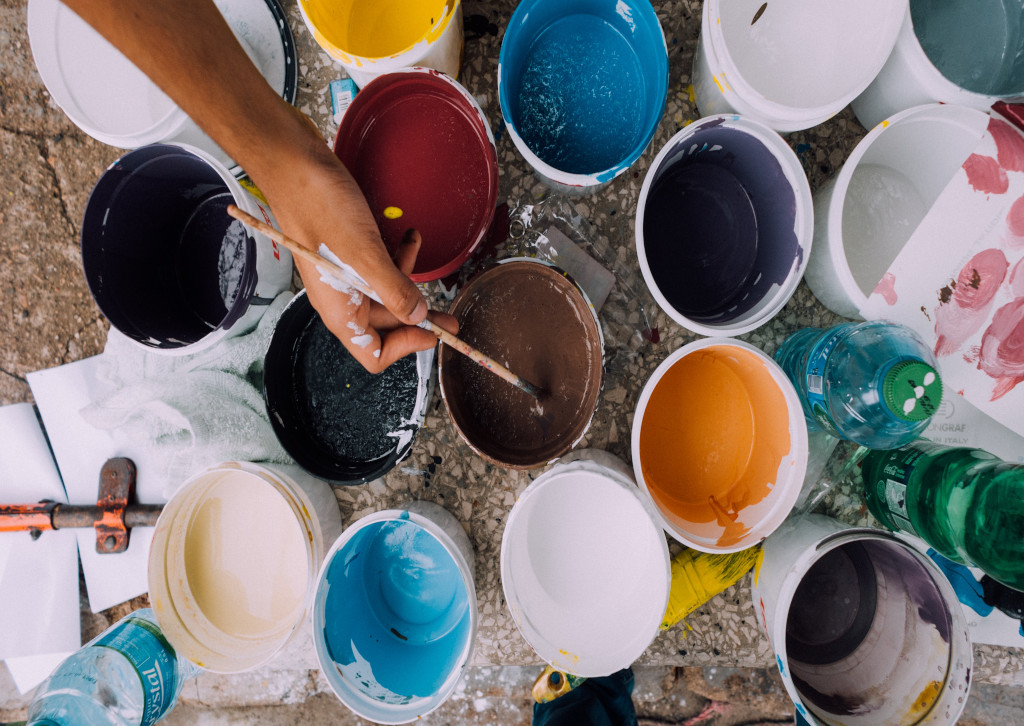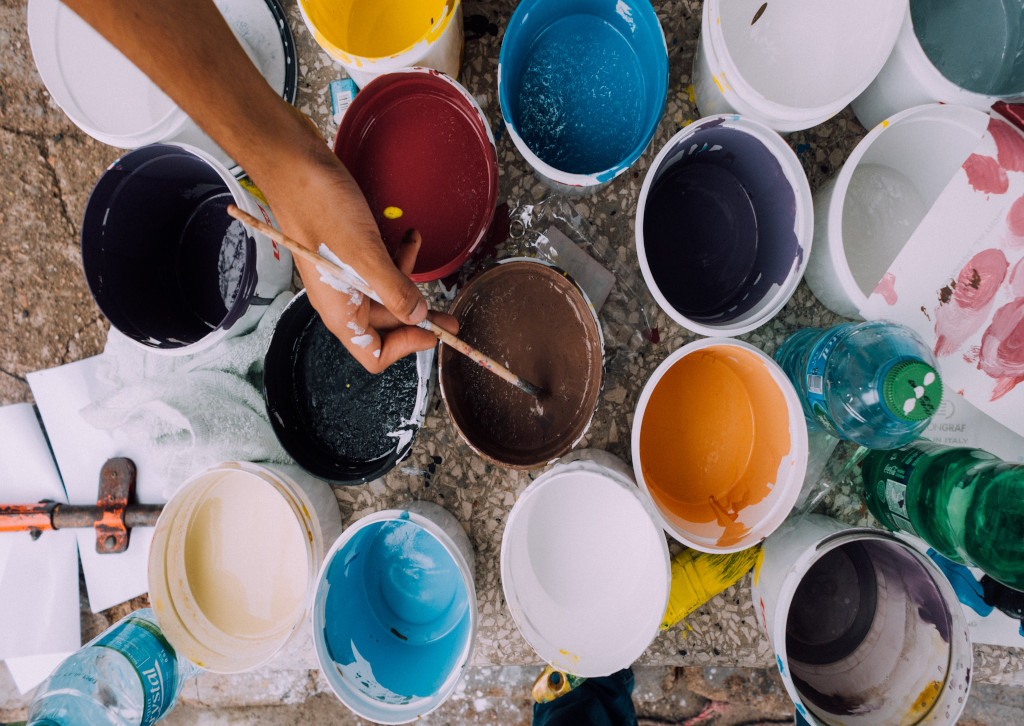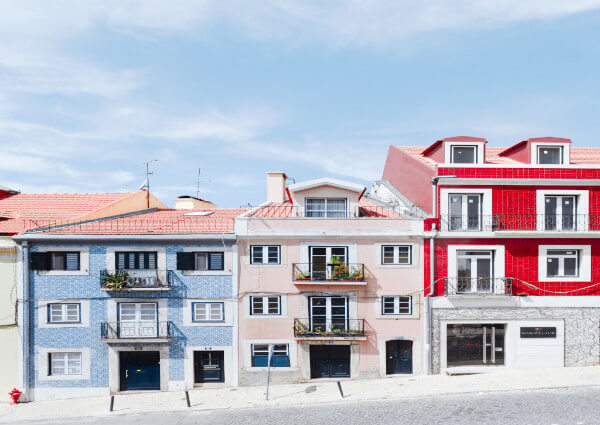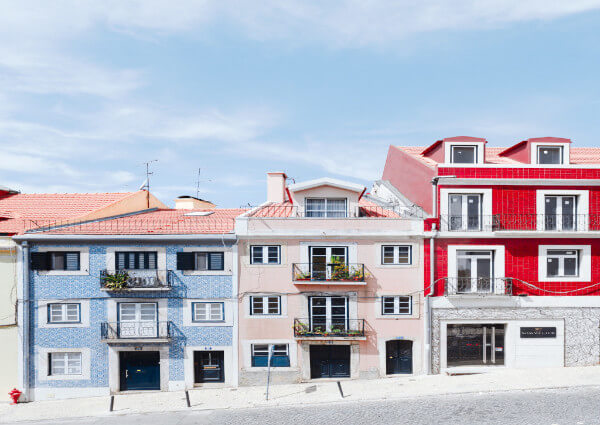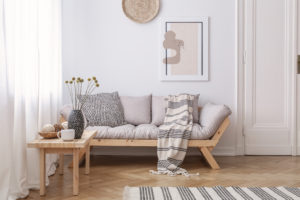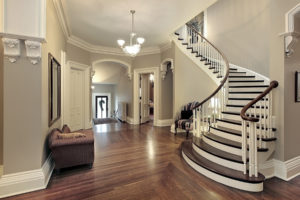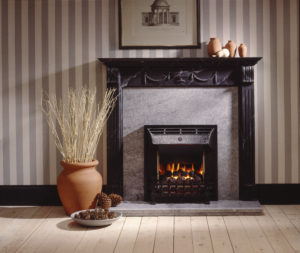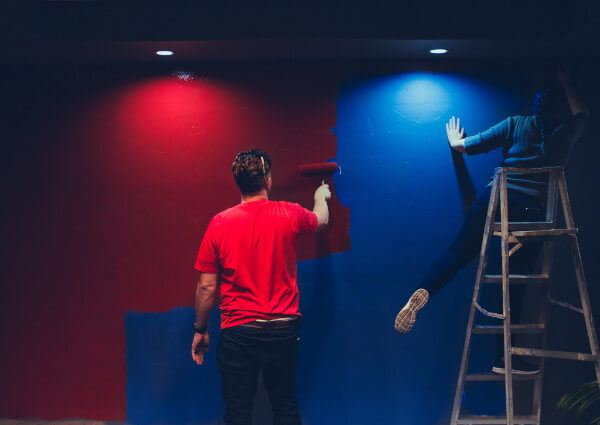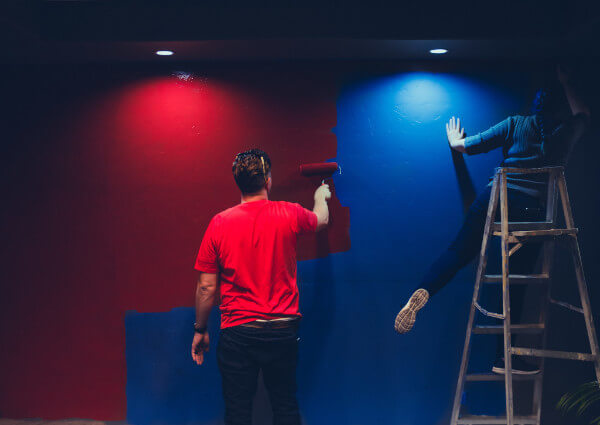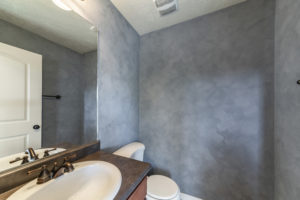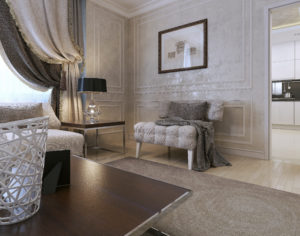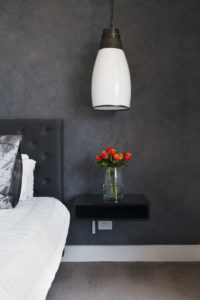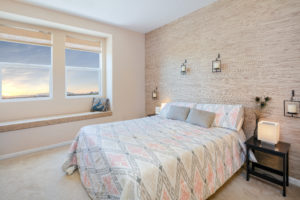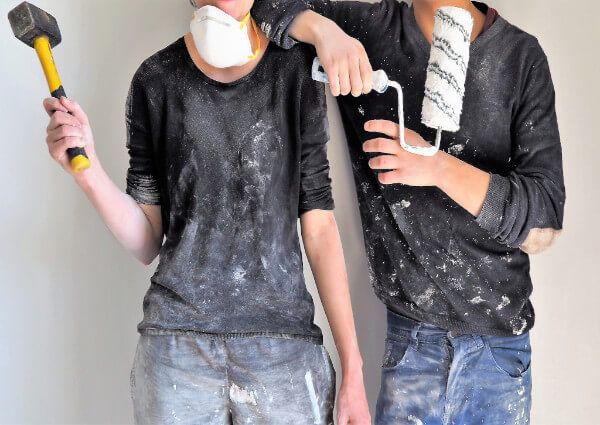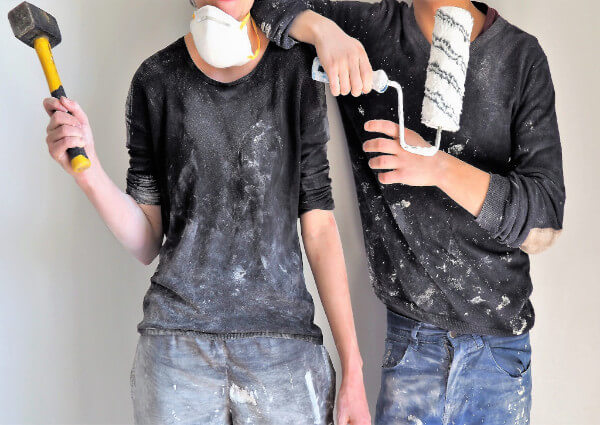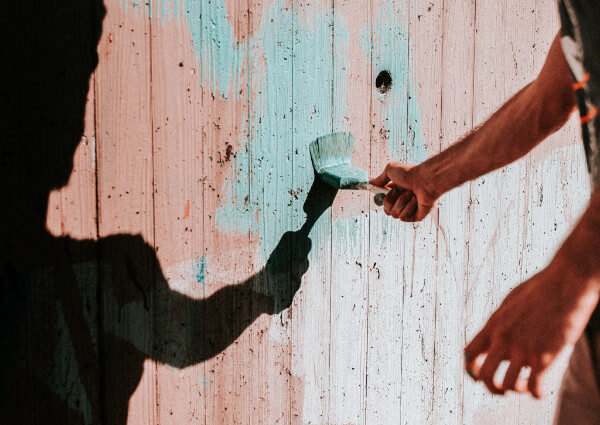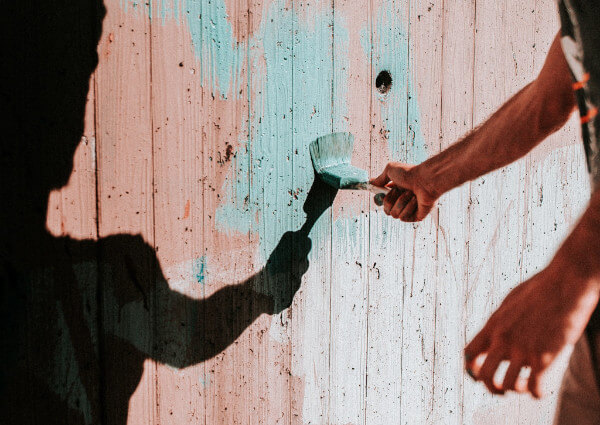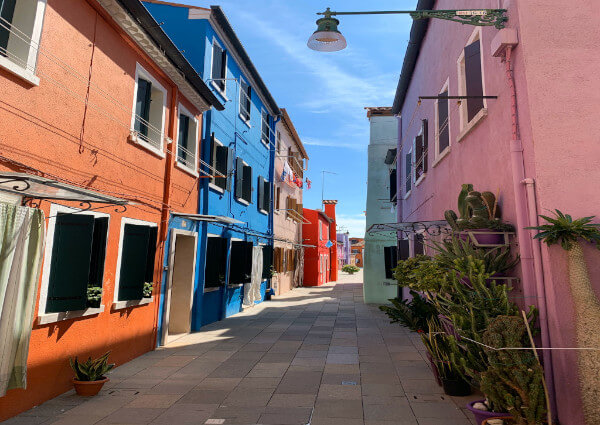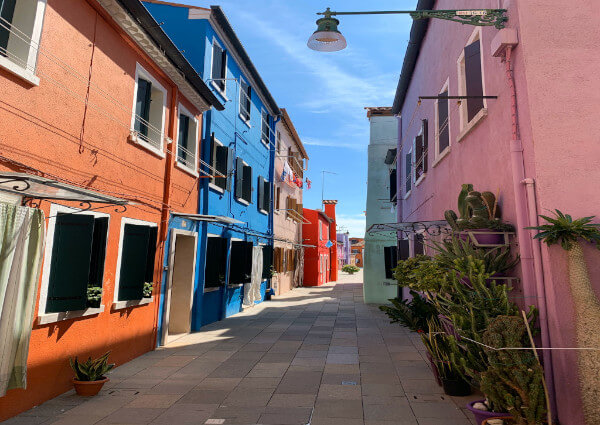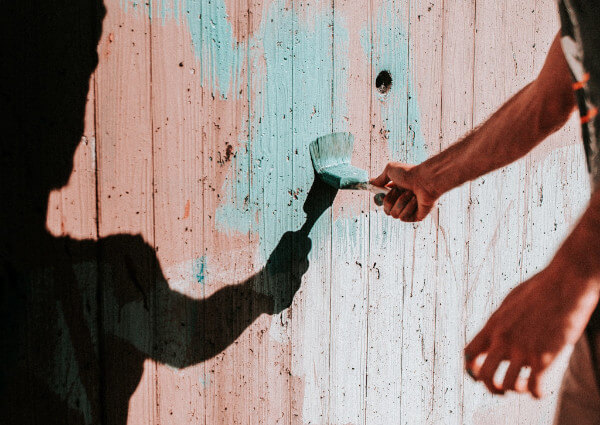
You’ve visited paint store after paint store, burned through Pinterest options, and are starting to find creative uses for that stack of paint chips, like bookmarks and coasters. Still, you can’t find the right color. Now what? It’s time for a personalized wall color – one you’ll only get through unique wall paint or color consulting. Our pros walk you through the process, helping you pinpoint that one-of-a-kind hue.
Personalized Wall Colors the Easy Way
You can get a customized interior color without hiring an interior designer. Here’s how.
Upload a Match
Many designers start a project with an inspiration piece — that can be anything from a favorite scarf to a rug or even a color from nature. But how do you get the paint to match your inspiration piece?
While you may have browsed lots of paint chips, the truth is, stores don’t put out every hue by a paint company. To find those, you have to get a fan deck, which is the fan-shaped set of color strips that show every color family a company has.
If you can’t get ahold of a fan deck, use a color matching app. Many paint stores have them on their websites, including PPG’s Match My Color app. You just snap a picture of your inspiration piece, upload it to the app, and the system matches your color to the nearest hue in their complete color palette.
Get a One-of-a-Kind Blend
Another option is to find something – anything – that matches the personalized wall color you’re interested in matching. It doesn’t have to be an inspiration piece. It can be a spool of thread, a piece of fabric or even a photograph.
Paint stores have something called a spectrophotometer, which can analyze the material and match it to their brand’s closest hue. You’ll need a flat sample about one inch square, which the paint-store pro will run through the machine and match to a color in their palette.
sk for a Recommendation
If those methods don’t work, ask a professional painter for a recommendation. Let them know you’re looking for a personalized wall color, and experienced painters can make recommendations based on furniture colors, existing color schemes and specific contrasts or tones. They can even help you plan a color scheme for your home, not just one room, so you get a pulled-together look that truly fits your style.
Interested in your own personalized wall color? Our color consultants can help. Not only can they recommend hues, they’ll send you free 8’ x 8’ color samples to help you find the perfectly customized interior color for your home. Or, if you’d rather talk with a painter, try our house painting services today.
The post Personalized Wall Colors Are Easier to Create Than You Think appeared first on Paintzen.

